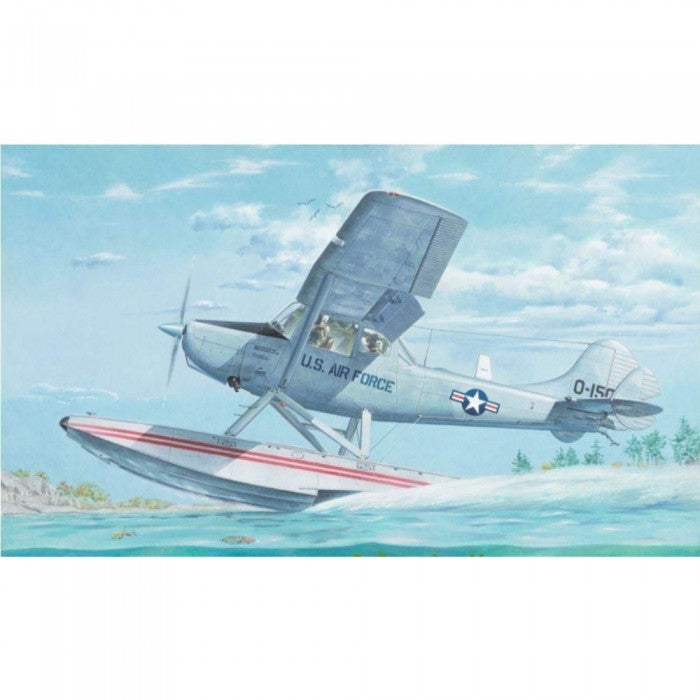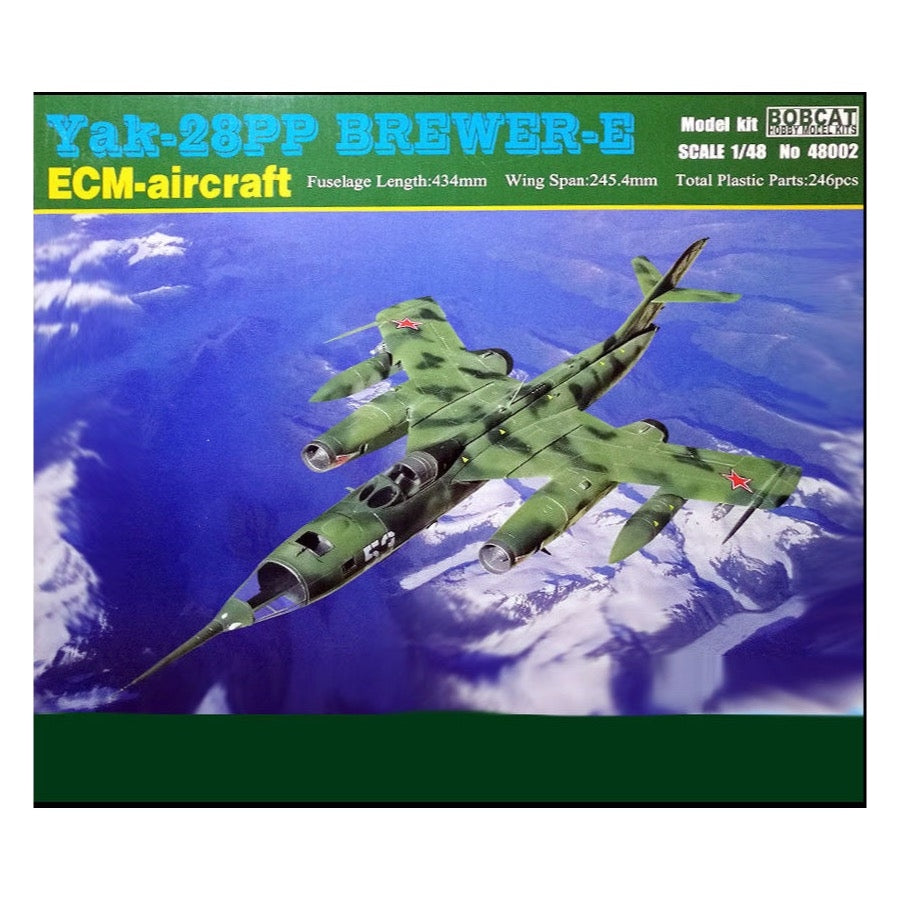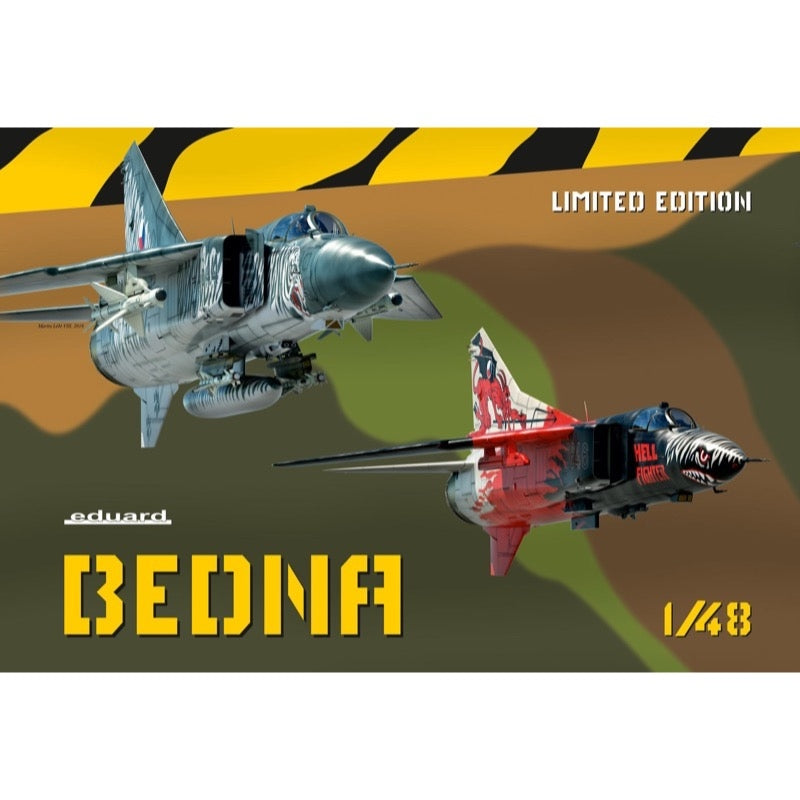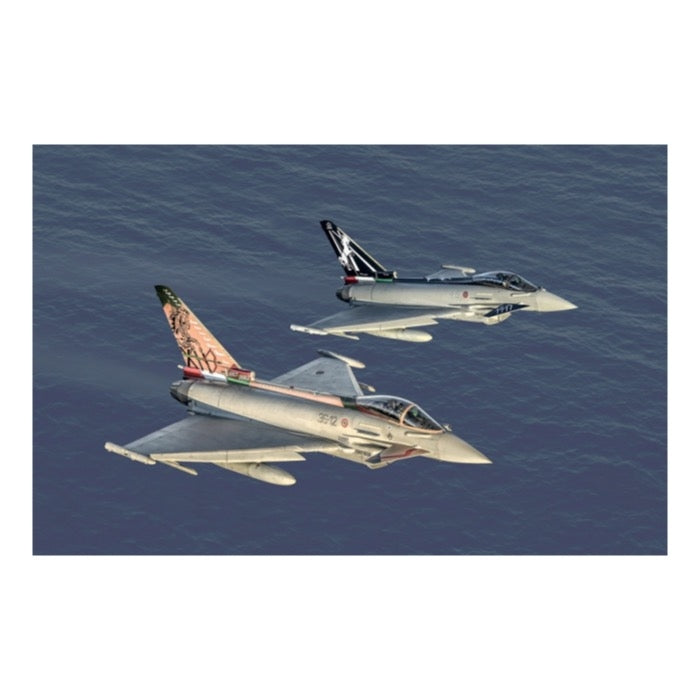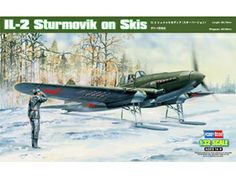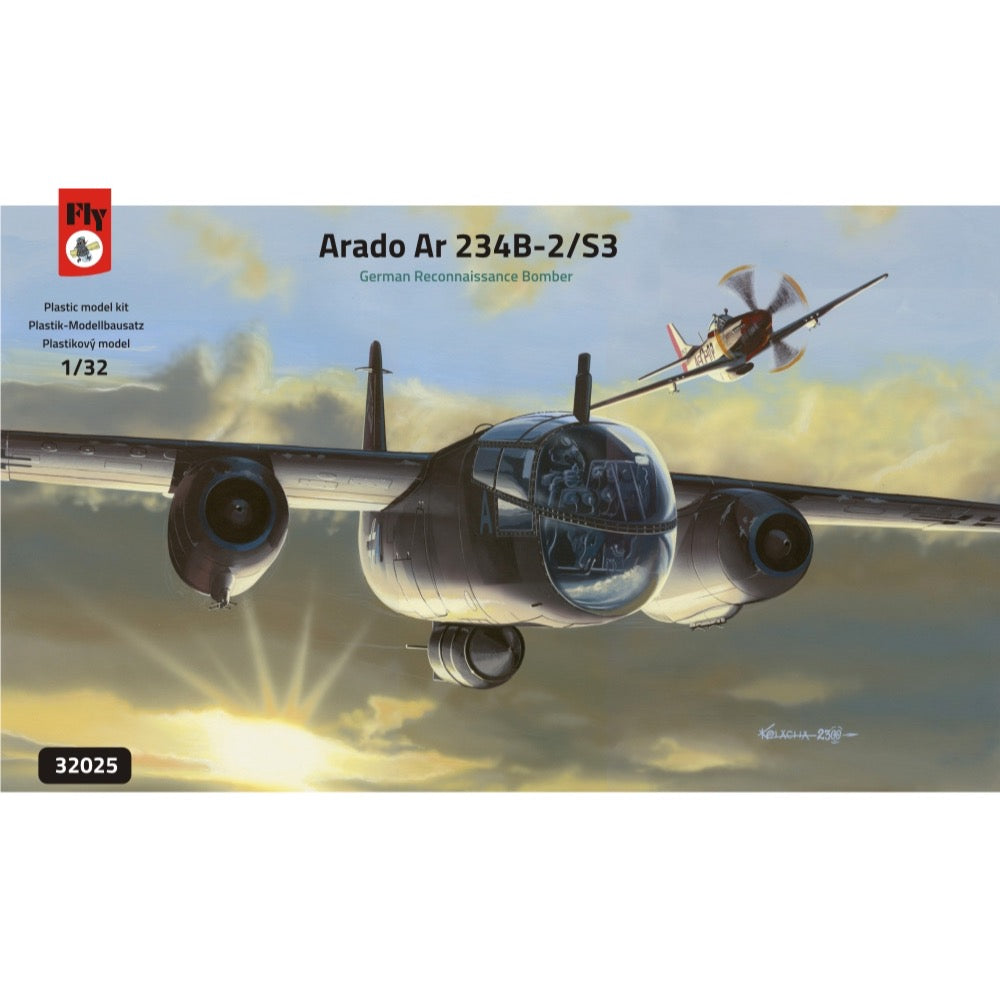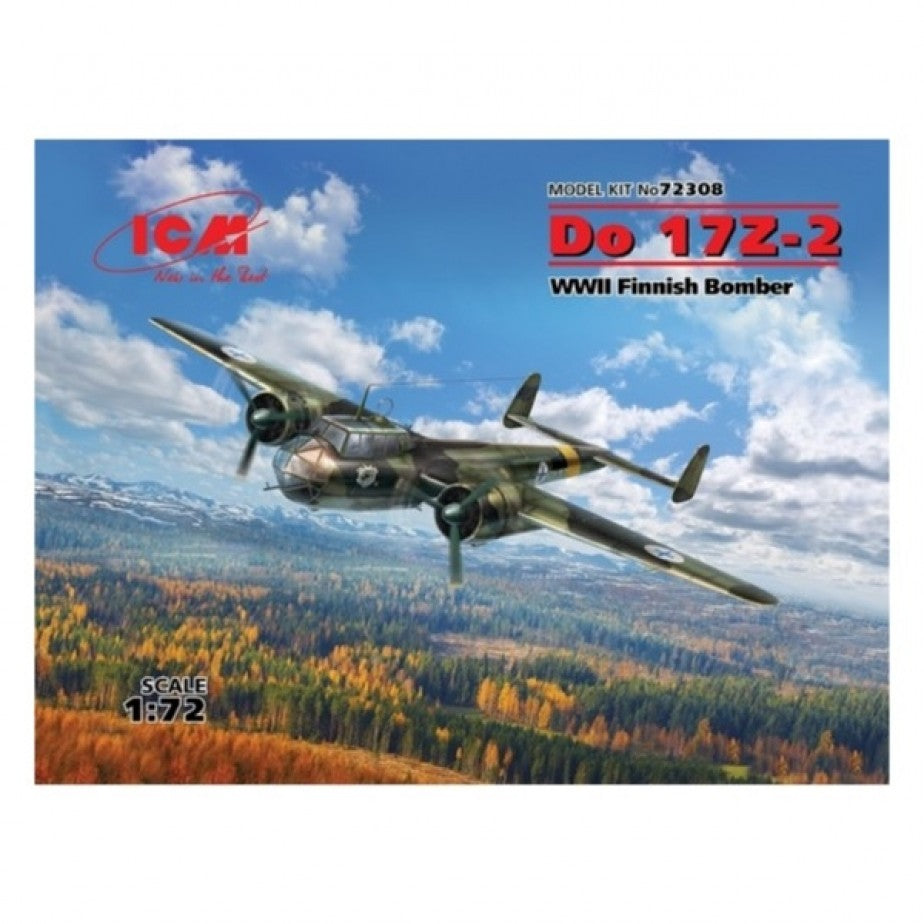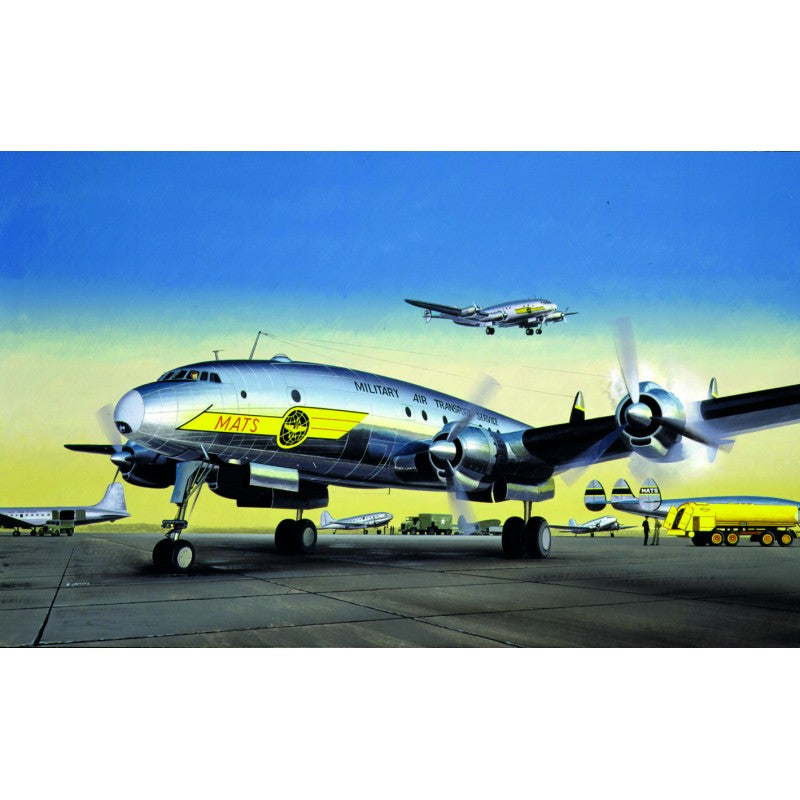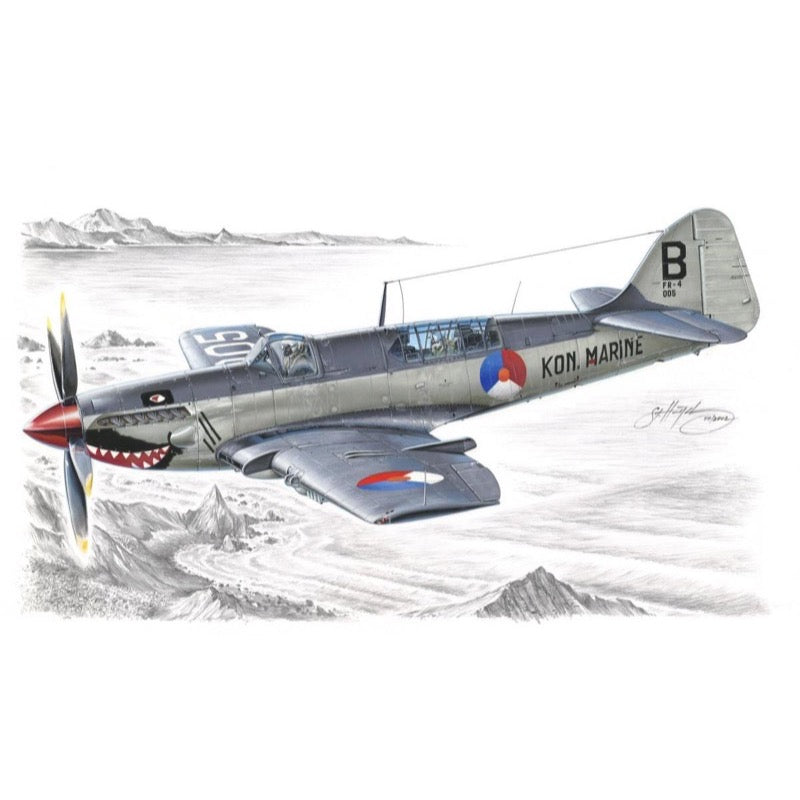
Special Hobby SH48041 1/48 Fairey Firefly Mk.4/5/6 Foreign Service RAN
Fairey Firefly Mk.4/5/6 "Foreign Service"
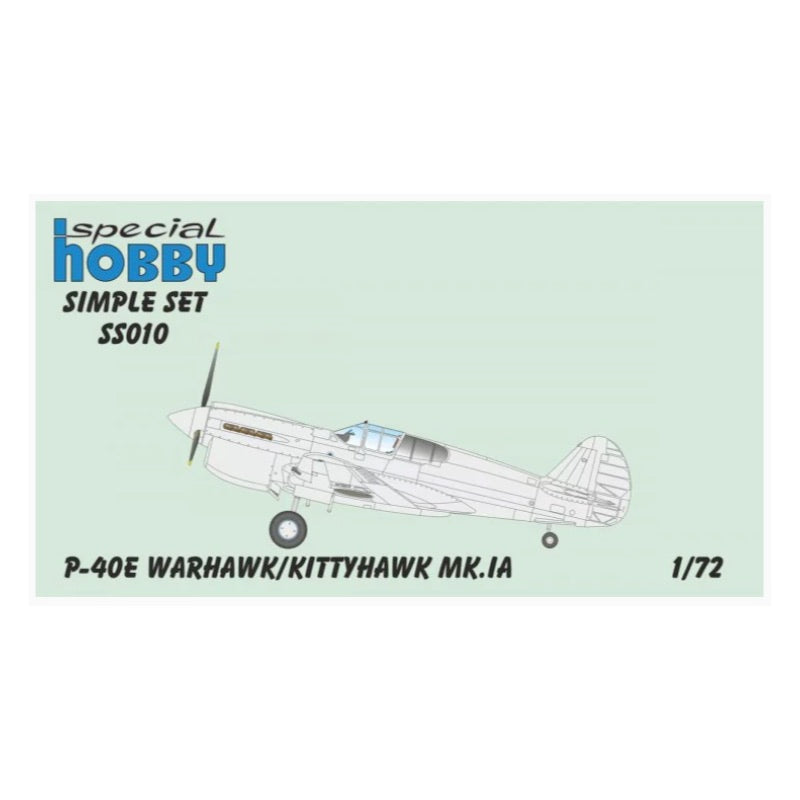
Special Hobby SS010 1/72 P-40W Warhawk/Kittyhawk Mk.IA Simple Set*
P-40N Warhawk 1/72
The P-40 Warhawk / Kittyhawk fighters were USAF and Allied air force units throughout the Second World War. In many versions, they fought on all battlefields of the Second World War. As a result, these fighters and fighter bombers fly with the characters of many airmen and many interesting colors.
The P-40N was the latest serial version introduced into the equipment. She was in the USAF armament mainly in the Pacific and the China-Indian battlefield. In the Commonweath Air Force, this version was named Kittyhawk Mk.IV. RAF has deployed this version in Italy, RAAF and RNZAF in the Pacific.
The P-40N consists of three gray plastic moldings. It is complemented by a frame of clear parts. It offers overlapped cabins divided into individual parts. This, and because there are two outboard parts, it is possible to build the model with an open and closed cab. The small parts frame contains two types of propellers, with narrow / for P-40 early versions / wide / for P-40 later versions / propeller blades. It is the only P-40 model in the 1/72 scale that reflects the different propellers. The frame offers other alternative parts, such as two types of additional tanks or exhausts.
The decals offer two American and one Dutch P-40N. The first American machine is embellished on one side of the engine cover by the name and on the other by the arte. Flying at the famous 49th FG. The second US machine flew on the Indian FG at XXX FG. This unit adorned the bow of its P-40N Skull Sketches. The last machine, named SNAFU, was flown in the Dutch East Indies in New Guinea, with Dutch striped characters and with the letter H on the tailgate. He continued his service after the war, and his instructions from 1947.
Kittyhawk Mk. IA 1/72
P-40D / E Warhawk was the first version to be equipped with a new version of the Allison F series engine (version P-40D carried four and P-40E six guns in the wing ). The largest buyer , besides the USAAF, became the British RAF, which necessarily needed every suitable combat aircraft. Due to the inappropriate altitude of the Allison without a turbocharger, the RAF did not assemble it on the European battlefield, but under the designation Kittyhawk Mk.I and Mk.A on the African battlefield. Kittyhawky was also supplied with RCAF, RAAF and RNZAF. The Canadian Air Force is deployed against the Japanese over the Alaskan Islands. RAAF and RNZAF in the Pacific, Australians on the P-40 fought in Africa.
Model Kittyhawk Mk.IA consists of three gray plastic moldings. It is complemented by a frame of clear parts. It offers overlapped cabins divided into individual parts. This, and because there are two outboard parts, it is possible to build the model with an open and closed cab. The small parts frame contains two types of propellers, with narrow / for P-40 early versions / wide / for P-40 later versions / propeller blades. It is the only P-40 model in the 1/72 scale that reflects the different propellers. The frame offers other alternative parts, such as two types of additional tanks or exhausts.
The decals offer a shark-mouthed ornate machine of the famous No.112 sqn. RAF bearing the name London Pride on the hull. Another machine is the RAAF machine named Race flying in New Guinea. The last Canadian Kittyhawk from No 111 (F) Sqn. RCAF.
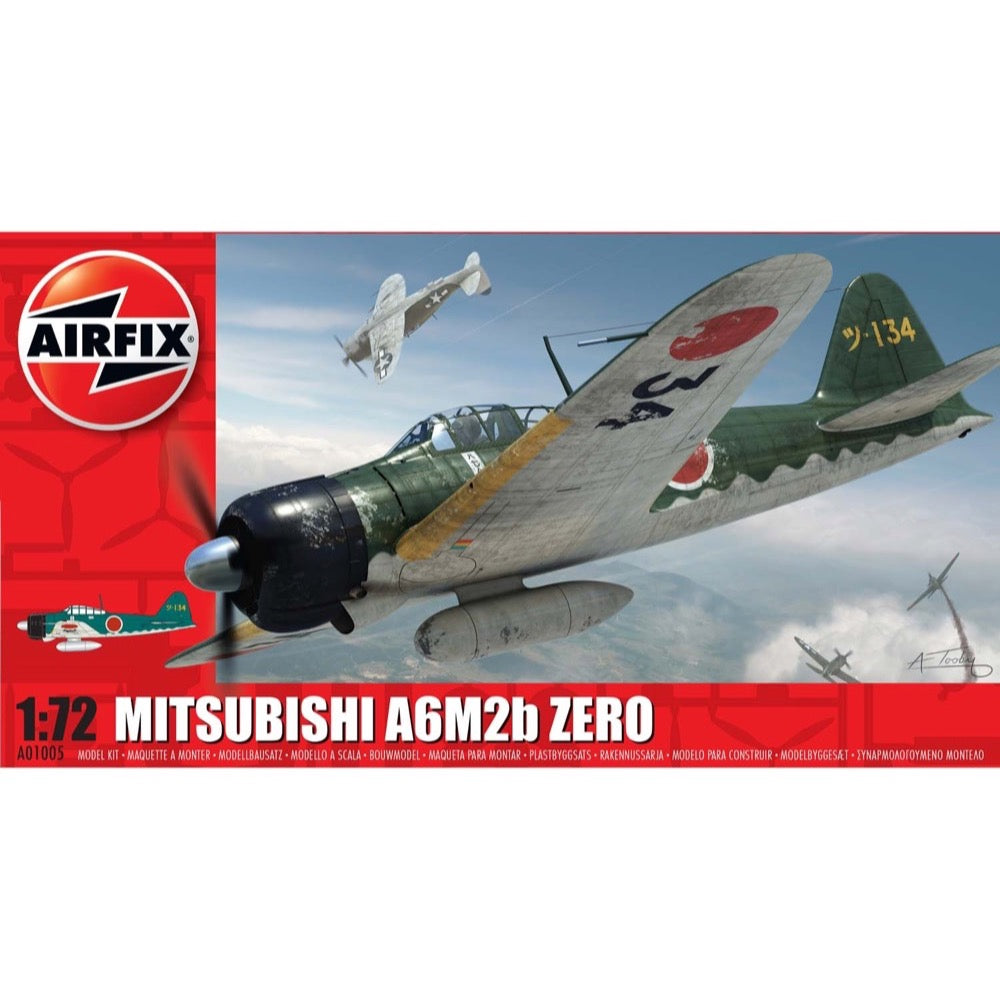
Airfix A01005 1/72 Mitsubishi A6M2b Zero
When the Japanese Zero first entered service in 1940, it was without doubt the most advanced naval fighter in the world and quickly earned a reputation as a ruthless dogfighter. In early engagements, the Zero proved so effective that pilots were able to post an almost unbelievable victory ratio of 12 to 1 against their adversaries. As the Wehrmacht began its march across Europe in 1940, little attention was being given to developments in the Far East. Following years of re-arming and upgrading, the Japanese Navy could boast some of the most advanced naval aircraft in the world within its inventory, including the superb Mitsubishi A6M Zero. This long range Naval fighter would be at the forefront of Japans expansionist ambitions throughout WWII and in the early war years, proved to be unequalled in the Pacific region.
Possessing exceptional manoeuvrability, the Zero quickly earned a reputation as a dogfighter and Allied pilots quickly learned to avoid a slow, turning fight with this beautifully balanced aircraft. As the fighter aircraft to beat in the Pacific, American pilots soon developed tactics that avoided playing into the hands of the Zero and began to score victories. As newer fighters began to enter service, the A6M Zero began to show its weaknesses, which were a lack of armour protection for the pilot and no self-sealing fuel tanks in the wing. Using their boom and zoom hit and run tactics, the Americans finally began to get the measure of the feared Zero.
Includes
- Sprues
- Decals


